As Depression descended over the 1930s US, few states had a harder time of it, than the Sooner state. This was the world of Loyce Edward Deen, growing up 7th of eight children born to Grace and Allen Deen in the small town of Sulphur, Oklahoma.
The family moved to Altus, Oklahoma where Allen worked as a schoolteacher. Loyce would care for his younger brother Lewis, born with Down’s syndrome. The pair became extremely close. It broke his brother’s heart when Lewis became and ill and died, while Loyce was still in Junior High.
Loyce and his older brother Lance were busy during the High school years, caring for their mother following a debilitating stroke.
Loyce’s niece Bertha Deen Sullivan was little at the time, and still remembers. “Loyce was a tall dark handsome young man with deep blue eyes”. He would pick her up and ask “Who loves ya?” And then he would kiss her on the forehead.
Altus was a small town, the kind of place where the newspaper printed the bio of every graduating high school senior. Where Deen was concerned, the Times-Democrat wrote “Loyce Deen is a young man with high ambitions. He plans to enter the US Navy aeronautical mechanics division after graduation and finds subjects such as problems of American democracy, the most interesting. He has also been active in dramatics work at school.”
Loyce worked for a time with the government’s Civilian Conservation Corps (CCC), and later joined the Douglas Aircraft Company in Wichita, building wing sets for the A-26 Invader attack bomber.
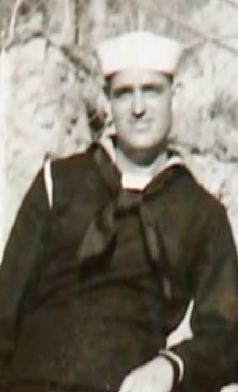
Deen wanted to join the Navy, even before the Japanese attack on Pearl Harbor. In October 1942, he did just that.
First came basic training in San Diego and then gunner’s school, learning all about the weapons systems aboard a Grumman TBF Avenger torpedo bomber. Then on to Naval Air School Fort Lauderdale, before joining the new 15th Air Group, forming out of Westerly, Rhode Island.
On April 29, 1944, the Air Group reported for duty aboard the “Fightingest Ship in the Navy” at Pearl Harbor. The aircraft carrier, USS Essex.
An Air Group consists of eighty or so aircraft, of three distinct types. First are the fighters, the fast, single seat Grumman Hellcats. Next are the two-seat dive bombers, the Curtiss Helldivers, the pilot joined by a rear-seat gunner whose job it is to lay the one-ton bomb on the target while handling a machine gun, at the same time. Third is the torpedo bomber, the Grumman Avenger, with two enlisted crewmen in addition to the pilot. The Avenger carries a ton of bombs, depth charges or aerial torpedoes and, like the Helldiver, is designed for low-level attack.
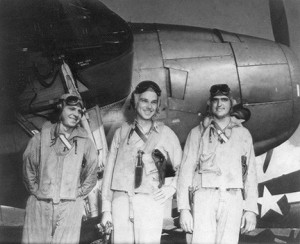
Loyce was the turret gunner on one of these Avengers, assigned to protect the aircraft from above and teamed up with Pilot Lt. Robert Cosgrove from New Orleans, Louisiana and Radioman Digby Denzek, from Grand Rapids, Michigan.
Cosgrove was a superb pilot, often returning aircraft to the carrier, so shot up as to seem unflyable. Digby had several jobs, including arming the weapons systems, and operating the radio. When the team was under fire, Digby would crawl down into a ball turret on the belly of the aircraft, his machine gun defending from below.
The 15th Air group saw some of the most intense fighting it had ever encountered during the battle of Leyte Gulf of October 24-25, 1944. Commander Lambert, who oversaw the Avenger squadron, described “Coming in through the most intense and accurate AA yet experienced, the squadron made three hits on one battleship, two hits on another battleship, and two hits each on two different heavy cruisers“.
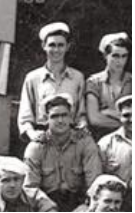
Deen received a shrapnel wound to his foot sometime during the fighting of the 24th. He wrapped the thing up and stayed on to fight, the following day. He would later receive a Purple heart medal for the wound. Posthumously.
Following rest and replenishment at Ulithi Atoll in the Caroline Islands, USS Essex was on station for the November 5 Battle of Manila Bay. Loyce could have stayed back on a hospital ship until that foot healed, but chose to ignore the injury and rejoin his unit.
Loyce’s niece Bertha, was not surprised. On being informed of his injury, she said “I’m not surprised he stayed with his unit. Loyce would not have it any other way – he would always remain at his post to make sure his brothers came home safely with him.”
Loyce Deen climbed into his gun turret for the last time on November 5. It was a two hour ride to the target zone in Manila Bay, with Japanese aircraft on the radar for most of that time, the carriers USS Lexington and Ticonderoga, under kamikaze attack.
Lieutenant Cosgrove’s Avenger came under savage anti-aircraft fire, from a Japanese cruiser. Loyce Deen took two direct hits and was killed, instantly. The Avenger aircraft, tail number 93, was so smashed up as to be all but unflyable. It took all of the pilot’s strength and skill to fly the thing back through two thunderstorms, and land on the Essex.
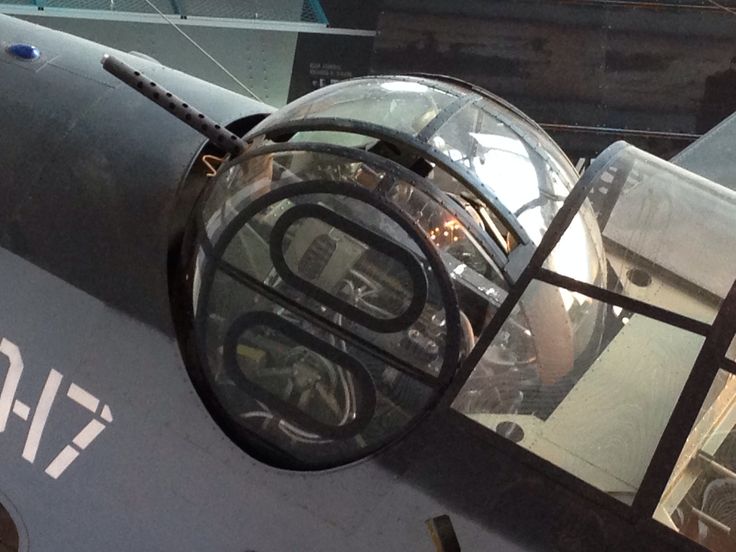
The body Loyce Edward Deen was so badly mangled it was impossible to disentangle the remains, from the smashed turret. For the first time in history and I believe the only time, a man was deliberately buried at sea, entombed by the aircraft in which he had served.
Fingerprints were taken and dog tags removed. This particular Avenger wasn’t even scavenged, for parts. With the crew of the USS Essex assembled on deck, the shattered aircraft was pushed over the side. Two other Avengers flew overhead in salute, as the tail dipped beneath the waves.
Loyce Edward Deen, was going home.
Not long after the ceremony, the carrier went to General Quarters. There were kamikazes to deal with.
For us this story has come to an end. Lieutenant Cosgrove and the rest of Air Group 15 got back into their aircraft the following day, November 6 and again on the 12th, 13th and 14th, each day yet another mortal combat against that same fleet, in Manila Bay.
For the Deen family the dread knock came to their door, the week of Thanksgiving.

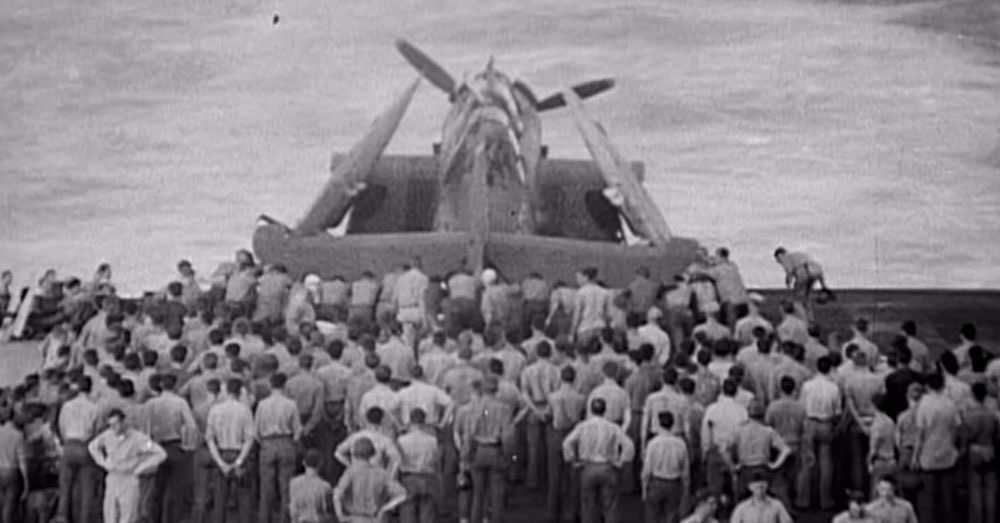

“Still stands thine ancient sacrifice, a humble and a contrite heart; Lord God of Hosts be with us yet, LEST WE FORGET, LEST WE FORGET!!!” Poem by Rudyard Kipling. “At the going down of the SUN, AND in the MORNING; WE WILL REMEMBER THEM, WE WILL REMEMBER THEM!!!”
LikeLiked by 1 person
Loyce Deen deserves some sort of lasting memorial, not just for himself, although he was an incredible human being, but for all those who flew in those all but suicidal attacks on Japanese warships.
LikeLiked by 2 people
Amen to that Andy. So many of those guys deserved as much.
LikeLiked by 2 people
Reblogged this on Dave Loves History.
LikeLike